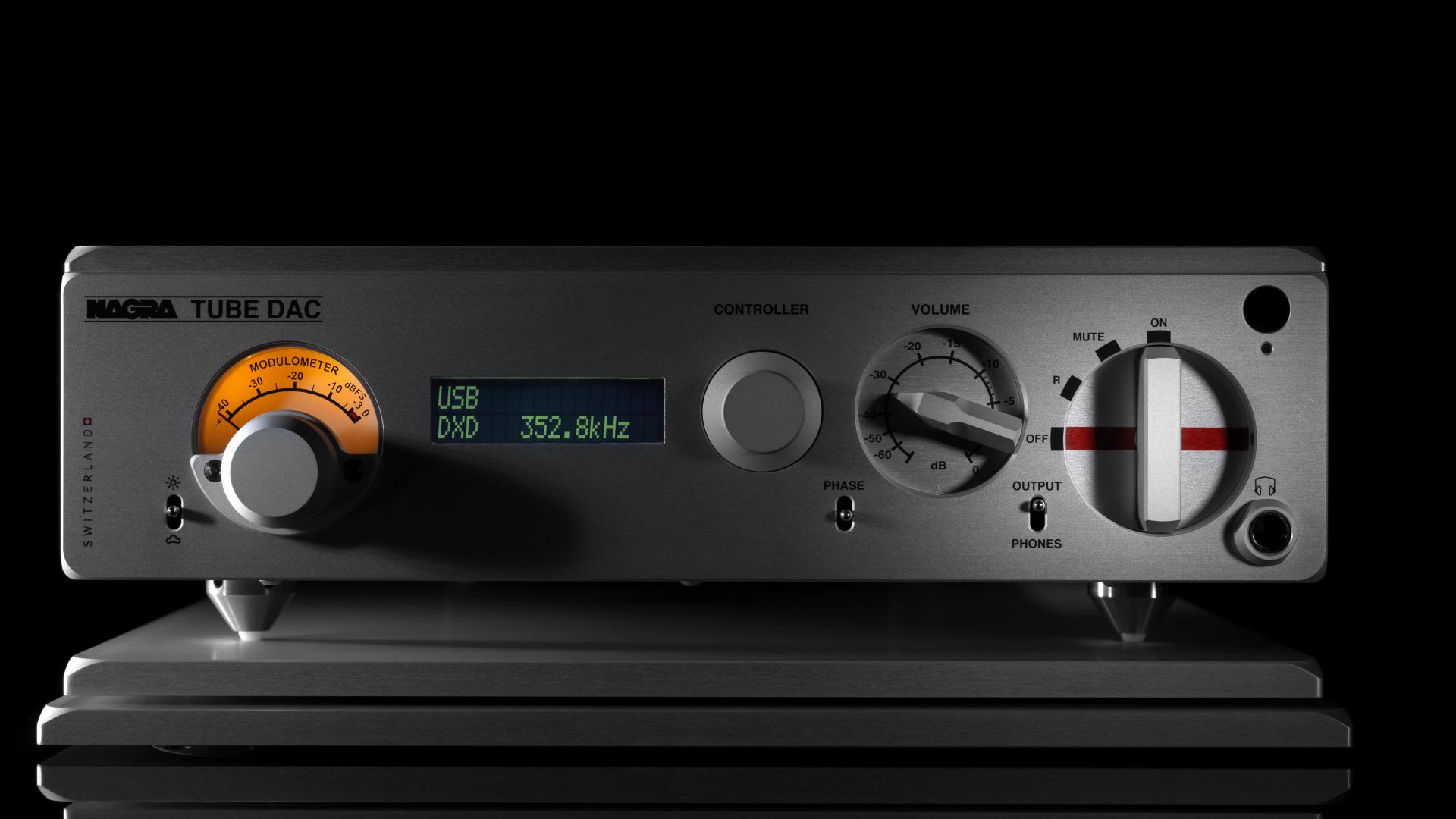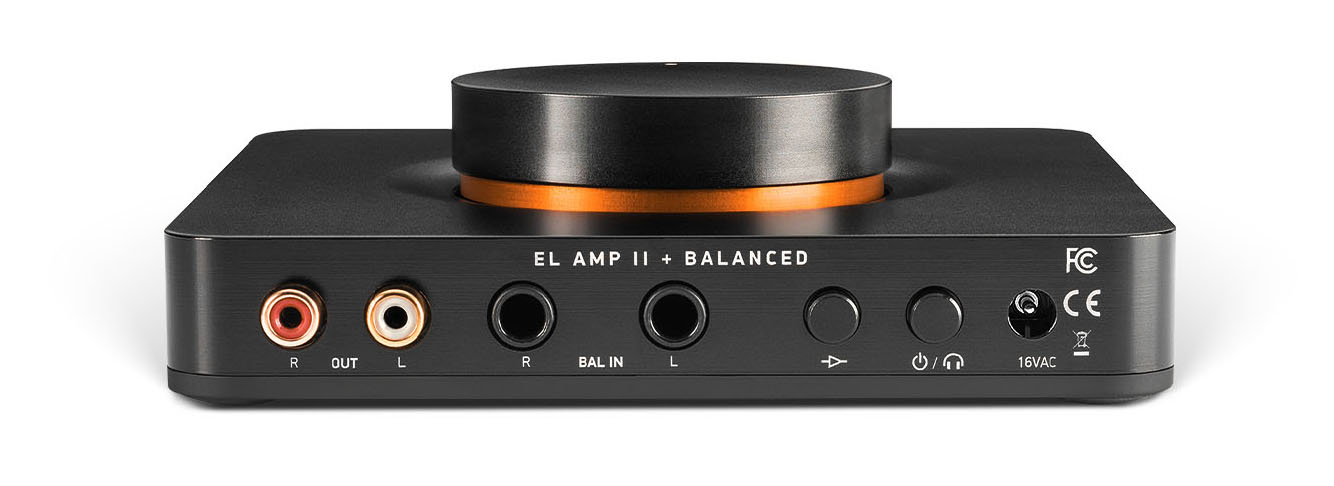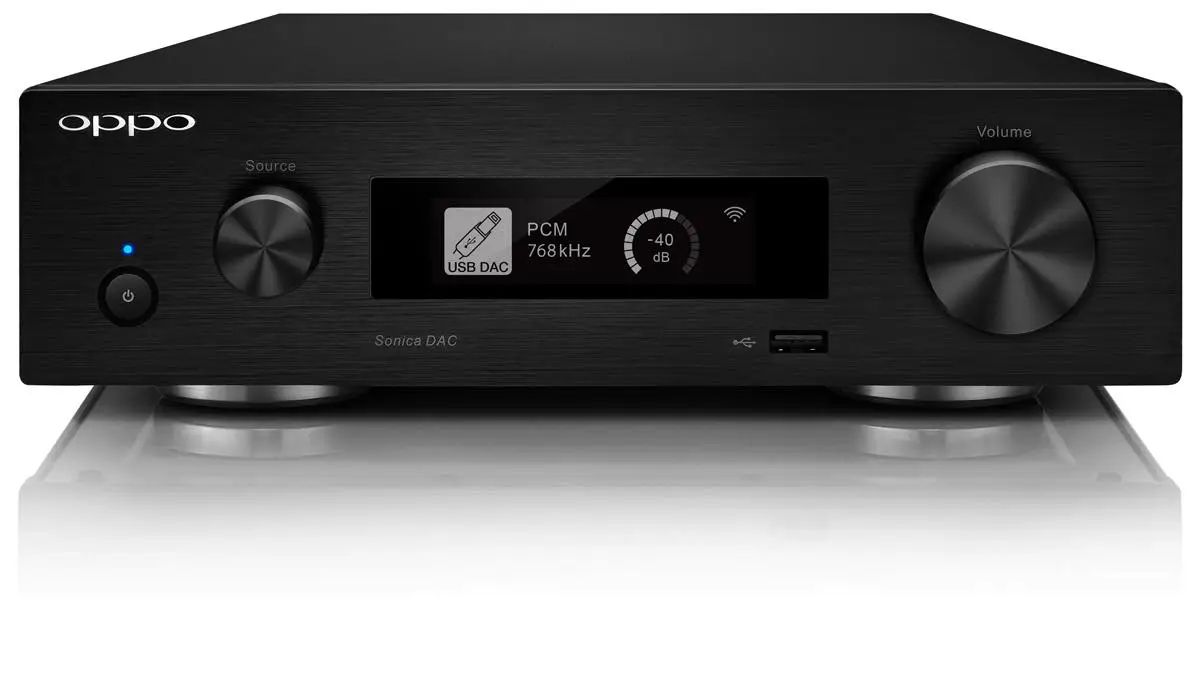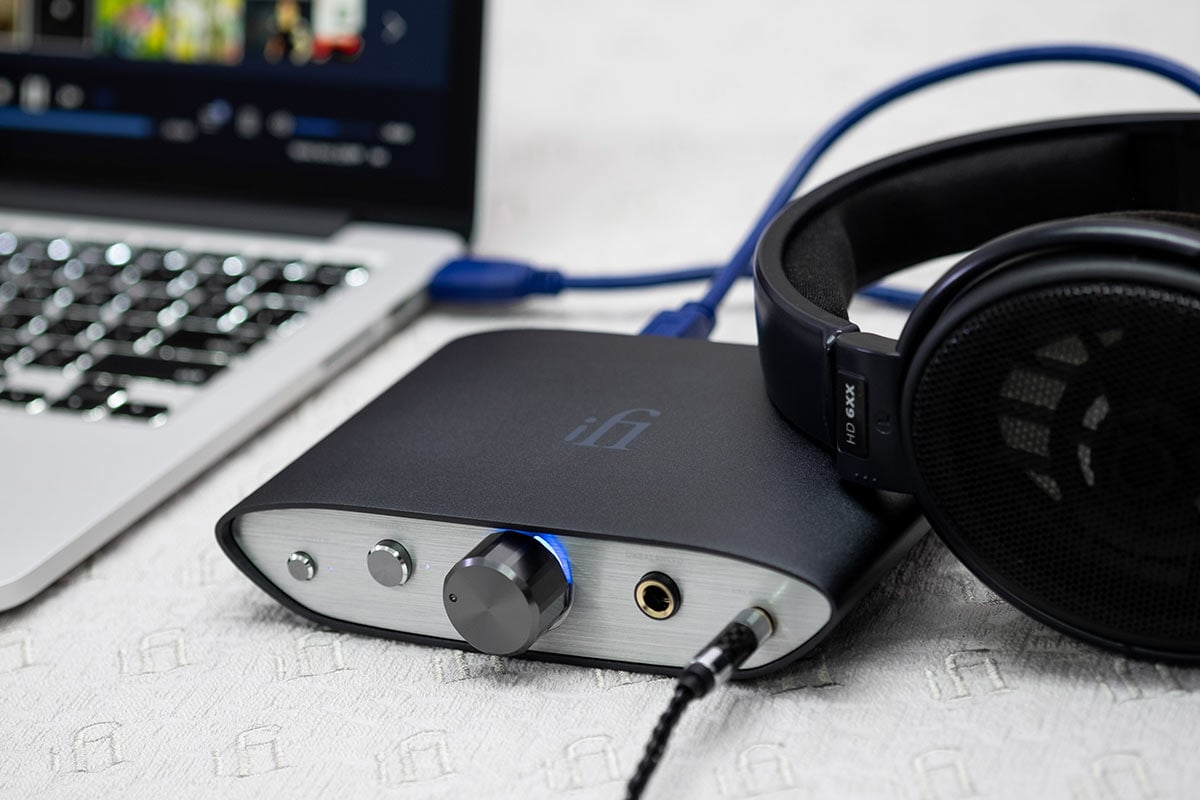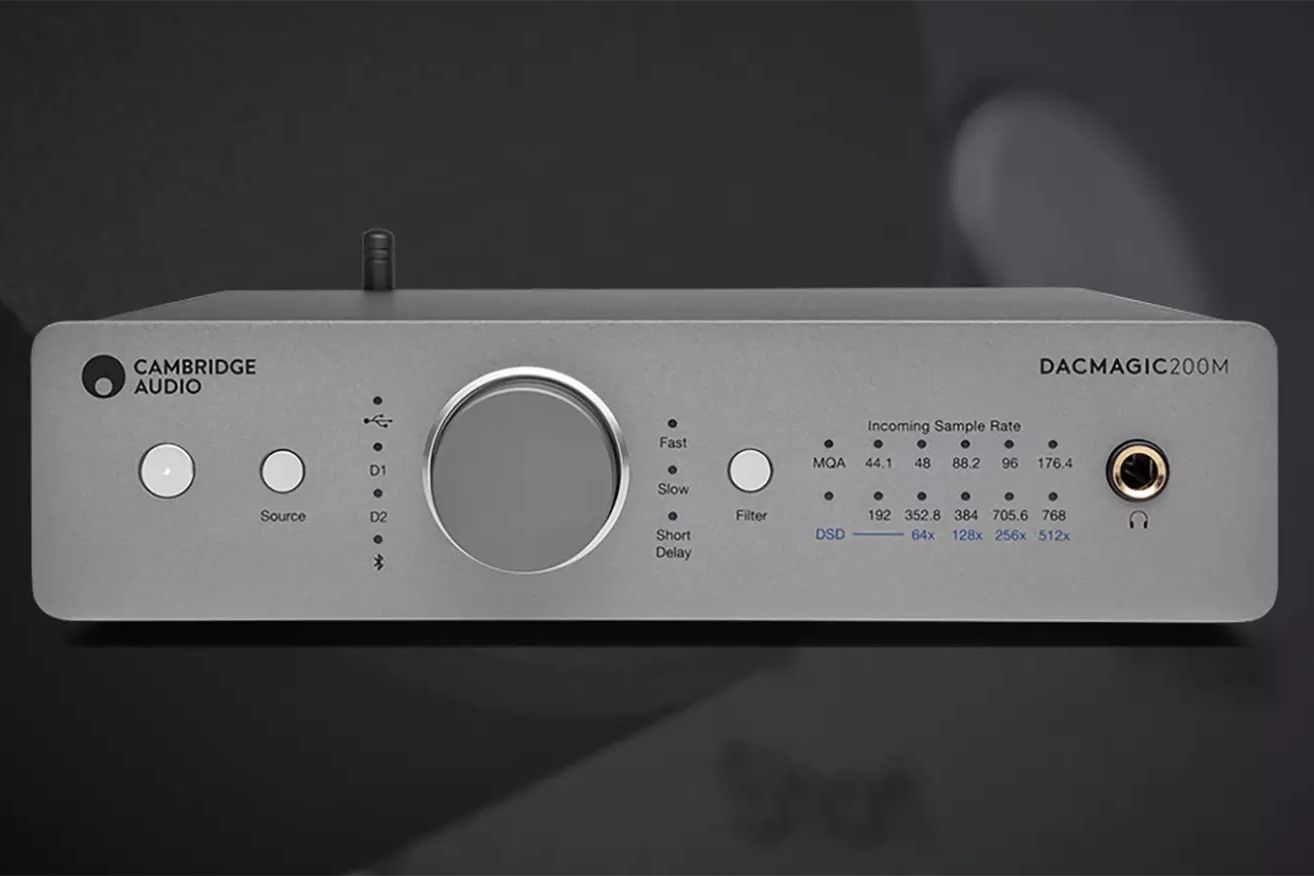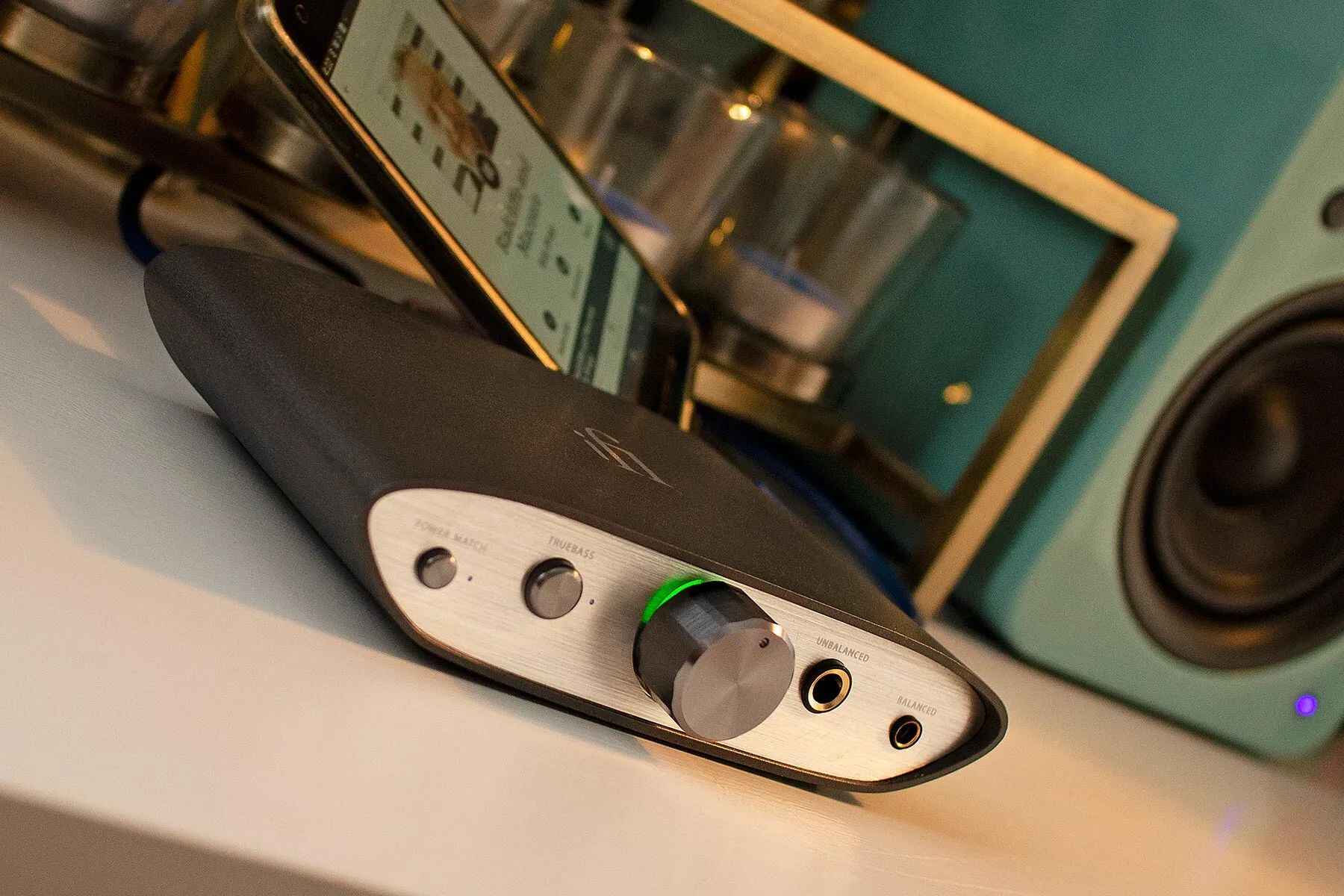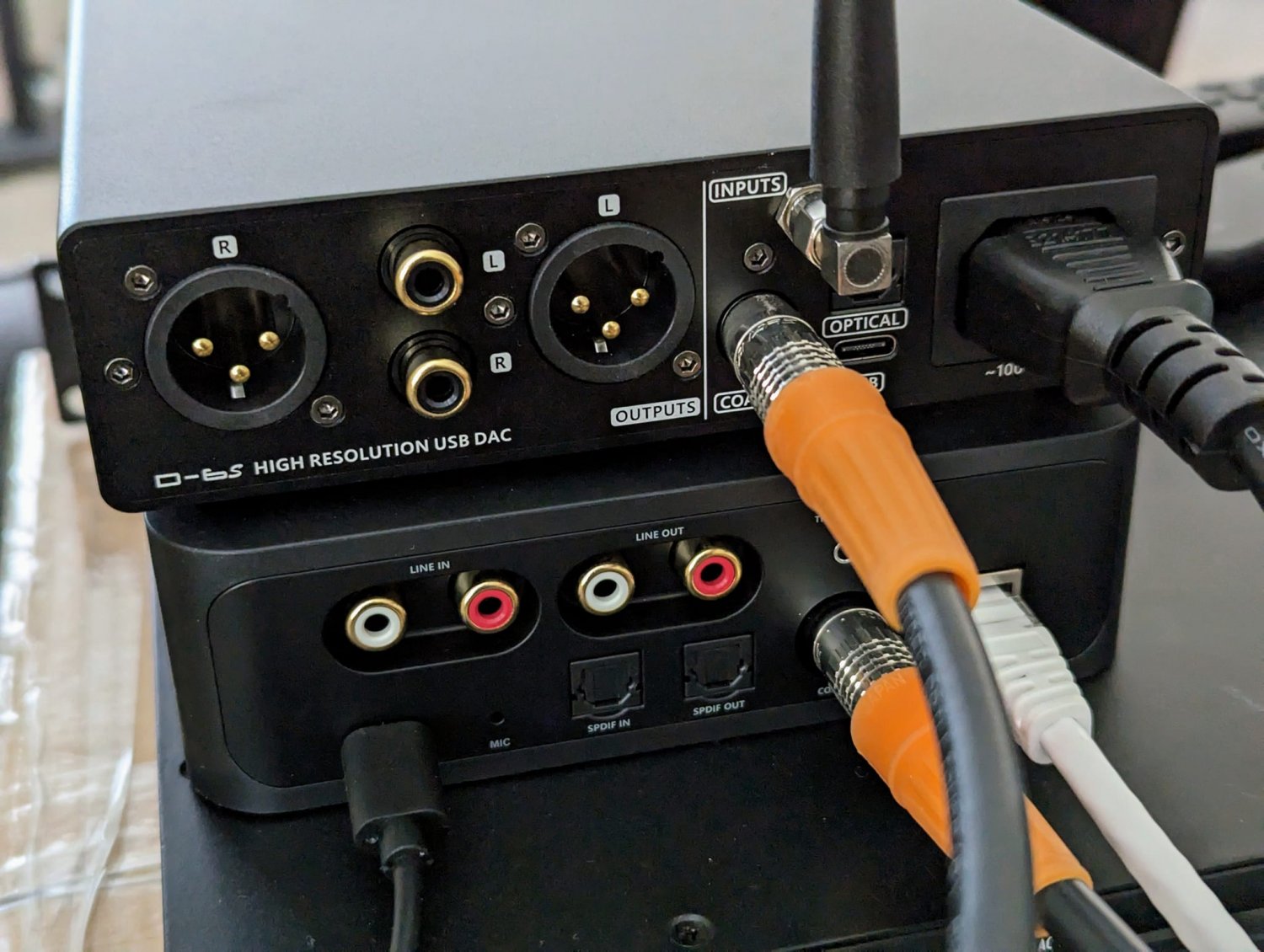Introduction
In the realm of digital audio, the seamless conversion of digital signals to high-fidelity analog sound is a pivotal aspect of achieving exceptional audio quality. This process is made possible through the use of Digital-to-Analog Converters (DACs), which play a crucial role in transforming binary digital signals into the rich and immersive analog sound that we perceive.
The significance of DACs extends beyond the domain of audiophiles and music enthusiasts, as these devices are integral components in a myriad of electronic devices. From smartphones and laptops to home entertainment systems and professional audio equipment, DACs are omnipresent, silently working their magic to deliver a captivating auditory experience.
As technology continues to advance at a rapid pace, the demand for high-quality audio reproduction has surged, prompting the development of increasingly sophisticated DACs. These devices are designed to not only meet the stringent demands of modern audio production and consumption but also to cater to the discerning ears of audiophiles who seek nothing short of sonic perfection.
In this comprehensive guide, we will delve into the intricacies of DACs, exploring the various types available, the critical factors to consider when selecting a DAC, and practical tips for maximizing the performance of these remarkable devices. By the end of this journey, you will gain a deeper understanding of how DACs function, their diverse applications, and how to harness their potential to elevate your audio experience to unprecedented heights.
Buckle up as we embark on an enlightening exploration of the captivating world of Digital-to-Analog Converters, where the marriage of cutting-edge technology and the timeless allure of analog sound awaits.
Understanding Digital-to-Analog Converters (DACs)
At the core of every digital audio playback system lies the Digital-to-Analog Converter (DAC), a fundamental component responsible for translating digital signals into analog sound. In essence, the DAC serves as the bridge between the digital realm of binary data and the analog world of continuous audio waveforms, enabling us to perceive music, speech, and various sounds in their full acoustic glory.
The fundamental principle governing the operation of a DAC revolves around its ability to convert discrete binary data, typically in the form of zeros and ones, into a continuous analog signal. This conversion process is essential for faithfully reproducing the original audio waveform, ensuring that the nuances and subtleties of the sound are accurately conveyed to our ears.
In practical terms, when a digital audio file is played back through a DAC-equipped device, such as a smartphone, computer, or dedicated audio system, the DAC meticulously interprets the digital information and reconstructs it as a faithful analog representation. This meticulous reconstruction is crucial for preserving the integrity of the audio signal, allowing us to experience the full spectrum of sonic intricacies embedded within the music or audio content.
Furthermore, the quality of a DAC significantly influences the fidelity and resolution of the analog output. A high-quality DAC possesses the capability to faithfully reproduce the original audio signal with exceptional precision, capturing the subtle details, spatial cues, and dynamic range present in the recording. This fidelity is paramount for audiophiles and audio professionals who demand uncompromising accuracy and realism in their listening experience.
In essence, the DAC serves as a vital link in the audio chain, playing a pivotal role in ensuring that digital audio content is transformed into a captivating and immersive auditory experience. Whether it's the melodic notes of a symphony, the rhythmic beats of a favorite song, or the nuanced dialogue in a film, the DAC's ability to convert digital signals into rich, lifelike analog sound is instrumental in shaping our perception of audio content.
As we continue our exploration of DACs, we will delve deeper into the various types of DACs, the critical factors to consider when selecting a DAC, and practical tips for harnessing the full potential of these remarkable devices. This journey promises to unravel the captivating intricacies of DAC technology, shedding light on its profound impact on the world of audio reproduction and consumption.
Types of DACs
When it comes to Digital-to-Analog Converters (DACs), there exists a diverse array of implementations, each tailored to meet specific performance, cost, and application requirements. Understanding the various types of DACs is essential for selecting the most suitable option for a given audio system or electronic device. Let's explore some of the prominent types of DACs:
1. Binary-Weighted DAC:
The binary-weighted DAC, also known as a binary ladder DAC, is a classic implementation that utilizes a network of resistors to generate analog output voltage levels. In this design, the resistor values are weighted in binary multiples, with each bit of the digital input signal corresponding to a specific resistor network. While binary-weighted DACs offer simplicity and high speed, they may exhibit accuracy limitations due to resistor matching challenges.
2. R-2R Ladder DAC:
The R-2R ladder DAC is a popular and widely used architecture known for its relatively high accuracy and ease of implementation. This design features a network of resistors arranged in a ladder configuration, with the values of 2R and R repeated throughout the structure. The R-2R ladder DAC provides improved linearity and reduced sensitivity to resistor matching errors, making it a favored choice for audio applications demanding precise analog output.
3. Delta-Sigma (ΔΣ) DAC:
The delta-sigma DAC employs a sophisticated modulation technique to achieve high resolution and exceptional signal-to-noise performance. By oversampling the input signal at significantly higher rates than the desired output bandwidth, the delta-sigma DAC leverages noise shaping and digital filtering to attain remarkable accuracy and dynamic range. This architecture is commonly found in high-fidelity audio systems and professional audio equipment where uncompromising audio quality is paramount.
4. Current Steering DAC:
The current steering DAC, also referred to as a current-switching DAC, operates by steering current sources into the load to generate the desired analog output. This architecture is renowned for its high-speed operation and suitability for applications requiring rapid signal conversion. Current steering DACs are prevalent in telecommunications, instrumentation, and high-speed data acquisition systems where rapid and precise analog signal generation is critical.
5. Time-Interleaved DAC:
Time-interleaved DACs leverage parallel processing of input data by utilizing multiple DAC cores operating in synchrony. This approach enhances the overall conversion speed, making it suitable for applications demanding ultra-high-speed data conversion. Time-interleaved DACs find utility in advanced wireless communication systems, high-speed digital-to-analog test equipment, and radar systems where rapid signal reconstruction is essential.
Understanding the nuances and performance characteristics of these diverse DAC architectures is pivotal in making informed decisions when selecting a DAC for a specific application. Each type of DAC offers unique advantages and trade-offs, catering to a broad spectrum of audio and signal processing requirements. As we navigate the intricate landscape of DAC technology, it becomes evident that the versatility and adaptability of these devices play a pivotal role in shaping the modern audio and signal processing landscape.
Factors to Consider When Choosing a DAC
When embarking on the quest to select the most suitable Digital-to-Analog Converter (DAC) for a specific application, several critical factors warrant careful consideration. These factors encompass a broad spectrum of technical, performance, and practical aspects that collectively influence the choice of a DAC. By meticulously evaluating these considerations, one can make informed decisions that align with the desired audio quality, system compatibility, and overall user experience.
-
Audio Resolution and Fidelity: The resolution and fidelity of a DAC directly impact the accuracy and detail in the reproduced analog audio. Higher-resolution DACs, typically measured in bits, offer finer gradations of amplitude, resulting in more faithful audio reproduction. Audiophiles and audio professionals often prioritize DACs with superior resolution to capture the nuances and subtleties present in high-quality audio recordings.
-
Signal-to-Noise Ratio (SNR): The SNR of a DAC denotes the ratio of the desired audio signal level to the background noise level. A higher SNR signifies a cleaner and more pristine audio output, free from perceptible noise artifacts. When selecting a DAC, particularly for critical listening environments, ensuring a high SNR is paramount to preserving the integrity of the audio content.
-
Dynamic Range: The dynamic range of a DAC delineates the span between the quietest and loudest sounds it can faithfully reproduce. A wider dynamic range enables the faithful rendition of both delicate musical passages and thunderous crescendos, contributing to a more immersive and captivating listening experience.
-
Output Impedance and Compatibility: The output impedance of a DAC influences its ability to drive various audio devices, such as headphones, amplifiers, and speakers. Ensuring compatibility with the intended audio equipment and accounting for impedance matching considerations is crucial to achieve optimal audio performance and system synergy.
-
Interface and Connectivity: The interface options and connectivity features of a DAC play a pivotal role in its integration within diverse audio systems. Whether it's USB, optical, coaxial, or wireless interfaces, selecting a DAC with suitable connectivity options ensures seamless integration and compatibility with a wide range of audio sources and playback devices.
-
Form Factor and Portability: For portable audio solutions, the form factor and portability of a DAC hold significance. Compact, lightweight, and robust designs cater to on-the-go audio enthusiasts, offering enhanced mobility without compromising on audio quality and performance.
-
Price and Value Proposition: Balancing the cost of a DAC with its performance and feature set is essential. While high-end audiophile-grade DACs offer unparalleled sonic excellence, more budget-friendly options can deliver commendable audio quality for everyday listening scenarios, making it imperative to assess the value proposition relative to the intended usage.
By meticulously evaluating these factors and aligning them with the specific requirements and preferences, one can navigate the diverse landscape of DAC offerings and make informed decisions that elevate the audio experience to new heights. Whether it's for professional audio production, high-fidelity listening, or everyday entertainment, the judicious consideration of these factors empowers individuals to select a DAC that harmonizes seamlessly with their audio aspirations and preferences.
Tips for Using DACs Effectively
-
Optimize Signal Chain: Ensure that the entire audio signal chain, including the DAC, is optimized for maximum performance. This involves using high-quality audio source files, maintaining proper gain staging, and employing quality interconnects and cables to minimize signal degradation.
-
Power Conditioning: Implement effective power conditioning and isolation techniques to minimize electrical noise and interference that can affect the performance of the DAC. Utilizing dedicated power supplies and surge protection mechanisms can contribute to a cleaner power delivery, enhancing the overall audio fidelity.
-
Temperature Management: Pay attention to the thermal environment in which the DAC operates. Adequate ventilation and thermal management strategies can prevent heat buildup, ensuring consistent performance and longevity of the DAC components.
-
Firmware and Software Updates: Stay abreast of firmware and software updates for the DAC, as manufacturers often release enhancements and optimizations that can improve the device's functionality, compatibility, and performance.
-
Room Acoustics: Consider the acoustic characteristics of the listening environment, as room acoustics can significantly impact the perceived audio quality. Implement acoustic treatments and room correction techniques to create an optimal listening space that complements the capabilities of the DAC.
-
Burn-In Period: Allow the DAC to undergo a burn-in period, during which the electronic components stabilize and reach their optimal operating conditions. This process can lead to subtle improvements in audio performance over time.
-
Proper Grounding: Ensure proper grounding of the DAC and associated audio equipment to mitigate ground loop issues and minimize potential electrical interference that can compromise audio fidelity.
-
Digital Source Quality: When utilizing digital audio sources, prioritize high-quality recordings and formats to extract the full potential of the DAC. Lossless audio formats and well-mastered recordings can reveal the intricacies and nuances that a high-performance DAC is capable of reproducing.
-
Listening Environment Optimization: Tailor the listening environment to optimize the performance of the DAC. Positioning speakers or headphones for optimal sound staging, addressing reflective surfaces, and minimizing ambient noise can contribute to a more immersive audio experience.
-
Regular Maintenance: Periodically inspect and maintain the DAC and associated audio equipment to ensure optimal functionality and longevity. Cleaning connectors, checking for firmware updates, and addressing any potential issues promptly can preserve the performance and reliability of the DAC.
By implementing these tips, enthusiasts and professionals alike can harness the full potential of DACs, elevating their audio experience to new heights while ensuring the consistent delivery of exceptional sound quality.
Conclusion
In the realm of audio technology, the pivotal role played by Digital-to-Analog Converters (DACs) cannot be overstated. These remarkable devices serve as the linchpin in the intricate process of transforming binary digital signals into the captivating analog sound that enriches our auditory experiences. As we conclude our comprehensive exploration of DACs, it becomes evident that these devices embody the convergence of cutting-edge engineering, artistic expression, and the pursuit of sonic excellence.
Throughout our journey, we have delved into the fundamental principles underpinning DAC operation, unraveling the intricate process through which digital signals are meticulously reconstructed as faithful analog representations. We have also ventured into the diverse landscape of DAC architectures, from the classic binary-weighted and R-2R ladder designs to the sophisticated delta-sigma and time-interleaved implementations, each offering unique advantages tailored to specific applications and performance requirements.
Furthermore, our exploration has extended to the critical factors that warrant careful consideration when selecting a DAC, emphasizing the pivotal role of audio resolution, signal-to-noise ratio, dynamic range, and connectivity options in shaping the overall audio experience. By meticulously evaluating these factors, individuals can make informed decisions that align with their audio aspirations, ensuring a harmonious synergy between the DAC and the broader audio ecosystem.
As we part ways with this enlightening journey, we leave behind a trail of practical tips aimed at maximizing the effectiveness of DAC utilization. From optimizing the audio signal chain and implementing power conditioning to considering room acoustics and prioritizing digital source quality, these tips serve as guiding beacons for enthusiasts and professionals seeking to extract the full potential of their DACs.
In essence, the world of DACs embodies a harmonious fusion of technological innovation, artistic expression, and the pursuit of unparalleled audio fidelity. Whether it's the meticulous reconstruction of a symphonic masterpiece, the emotive delivery of a heartfelt vocal performance, or the immersive reproduction of a cinematic soundtrack, DACs stand as silent guardians, faithfully translating digital signals into the rich tapestry of analog sound that captivates our senses.
As we bid adieu to this exploration of DAC technology, we carry with us a deeper appreciation for the profound impact these devices wield in shaping our auditory experiences. From the intricacies of their operation to the myriad considerations that govern their selection and usage, DACs stand as beacons of technological prowess, elevating the art of audio reproduction to unprecedented heights.
In closing, let us embrace the enduring allure of analog sound, made possible through the ingenuity and precision of Digital-to-Analog Converters, as we continue to embark on a sonic journey enriched by their remarkable capabilities.







